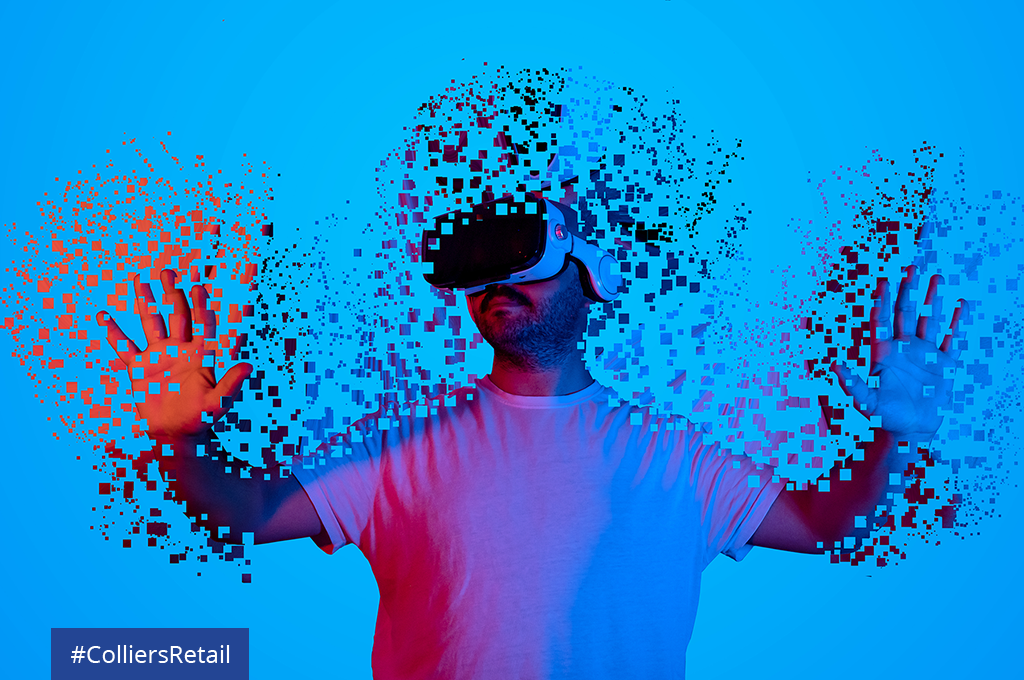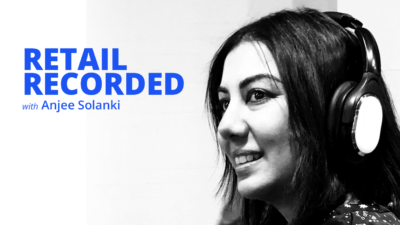Facebook recently announced its intention to rebrand itself into Meta. A virtual space professed to be the next evolution of social connection. The metaverse combines digital realities, combining aspects of social media, online gaming, augmented reality (AR), virtual reality (VR), and cryptocurrencies into one environment that allows users to interact virtually. The latest development leverages NFTs, blockchain assets and cryptocurrencies, being the most recent, to create a virtual economy that enhances the digital consumer experience.
Blending the physical and the virtual worlds is hardly a new concept. In the mid-naughts, the virtual reality game Second Life launched an early version of the metaverse, which rendered the real world in 3D and included a marketplace for its members with storefronts from Reebok and American Apparel. As the technology advances, retail developers partnering with their digital counterparts may expand their offering, replicating physical assets into the transactional-based immersive environment. One such technology leverages both augmented and virtual reality to digitally build twin real estate into the metaverse, creating a three-dimensional shopping experience at the intersection of the physical and virtual worlds.
The Retail Experiment
Consumers, a steady 59% according to The Digital Life Index, prefer to buy clothing, shoes and accessories online, so it’s necessary for brands from Main Street to Madison Avenue to mind the metaverse. Some retailers are already making their mark, elevating their connection with the more than half of digital-ready consumers expecting brands to deliver more online experiences.
Luxury brand Balenciaga partnered with online video game Fortnite to launch a new Balenciaga Fit collection for its players. Users can upgrade character uniforms in a real-life inspired Balenciaga store in the game’s community hub. In addition, Dolce & Gabbana sold its first-ever NFT, also known as a non-fungible token, Collezioni Genesi, a nine-piece virtual/physical collection raising the equivalent of nearly $5.7 million in cryptocurrency. Cryptocurrency, a digital currency used to buy goods and services, is now widely accepted by online and QSR retailers like Microsoft, Shopify, Overstock and Subway as an alternative form of payment.
Retailers experimenting with loyalty programs are building online communities to maintain brand engagement. For example, Vans partnered with Roblox to integrate a skateboarding world experience that lives indefinitely within its metaverse to create a constant feedback loop between its Gen-Z consumer base. Not to be upstaged, Meta (formerly Facebook) is taking a more familiar approach: investing in brick-and-mortar stores, hoping that if you build it, consumers will come.
Interested in learning more about how Metaverse is impacting commercial real estate – check out our podcast, ‘Metaverse: The New CRE Frontier’ featuring guest speaker, Steve Weikal from MIT.

 Anjee Solanki
Anjee Solanki



 Nicole Larson
Nicole Larson